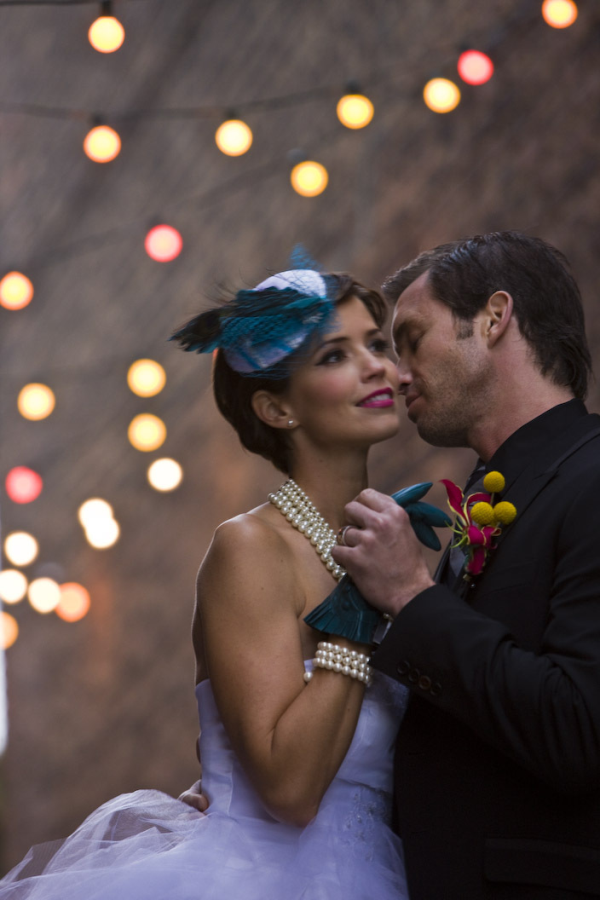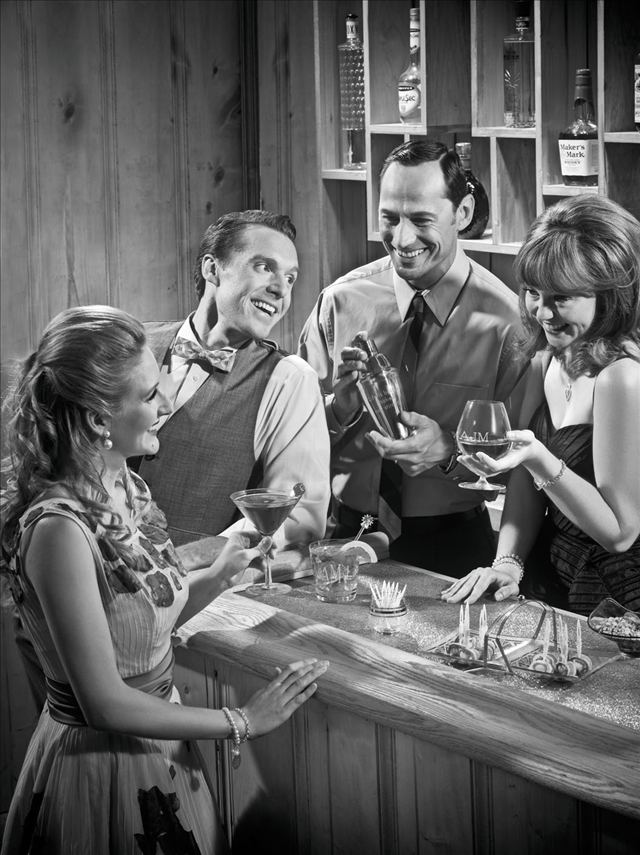You’ve likely heard the phrase “lifestyle photography” before, but maybe you’re not 100% sure what lifestyle photography actually is. If that’s the case, this blog post is just for you! Let’s begin at the beginning: what is lifestyle photography?
What is lifestyle photography?
Lifestyle photography can be many things, but the common thread connecting all lifestyle photography is that it’s a slice from real life. It usually involves people or animals going about their lives in their usual fashion. Sometimes lifestyles include supporting images of details relevant to the ideas, actions, or environments that the primary images offer. These detail photos help establish an emotion or sense of place in the image.

What elements make lifestyle photography effective?
In a word: realism. The subjects need to look natural and alive in the shot, as if you captured them in a moment; a candid snapshot of their regular existence. The environment needs to feel real, complete with details that support whatever idea you’d like to invoke from the viewer. The lighting should be inviting and confident without drawing attention to itself. Bottom line: the image cannot looked staged. The goal of lifestyle photography is to cause the viewer to look at the photo and think, “I’d rather be doing that right now.”

What makes bad lifestyle photography ... bad?
Simply put, if a photo looks over-posed, over-styled, unbelievable, or screams “stock photo,” and that’s not the photographer’s intent, it’s not good lifestyle photography. If the lighting unintentionally distracts the viewer, that’s not good either.
How do you create great lifestyle photography?
The four most important aspects of high-quality lifestyle photography are:
1. Design - Good creative forethought about what the images should say and how they should support the overall idea of the project goes a long way in building a successful lifestyle shoot. Know your clients’ and art director’s goals and objectives so you can help manage expectations and create positive energy and excitement.
2. Planning - Pre-production coordination of locations and talent coupled with good scheduling and support services will help eliminate roadblocks to a successful shoot. Making important decisions early on and standing by them through the project will give your team a strong foundation from which to move forward.
3. Quality - Selecting excellent locations and using exceptional talent always makes things easier. However, increased attention to detail with regard to props, wardrobe, makeup, and styling often goes overlooked. These subtleties can be the difference between average photos and exceptional images.
4. Open Minds - You’ve planned and prepped. You’ve listened and decided. Now show up with an open mind and let everyone do their job to the best of their ability. Micro-management during a shoot can sometimes be the “knife-in-the-back” of a potentially great experience. When everyone is working together for the common good, ideas flow smoothly and everybody gets a strong sense of the creative synergy happening in the moment. That’s when you’ll be able to break through barriers and rise above what you thought possible.

And in the end...
Lifestyle photography can take you to places you’ve never been -- but always wanted to go. It shows you how to have a good time just about anywhere and anytime. And, when lifestyle photography is truly great, it motivates you to get out there and enjoy something you didn’t know you were missing until you saw the photo.
Have you ever been involved in shooting lifestyle photography? How did it go? Let us know in the comments below!



